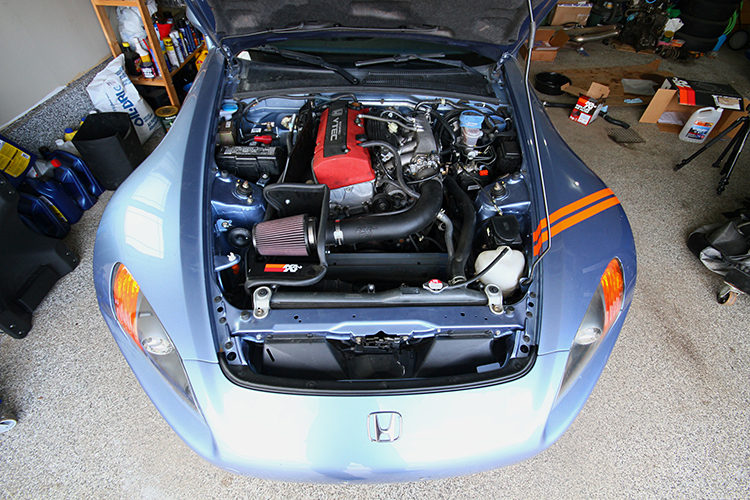
President Donald Trump announced that his administration is putting a stop to what he thinks are pointless regulations – an action that he says has been done more than any previous administration.
Think you have a lemon, click here to fill out a 60 second form.
In response to the president’s orders, the Transportation Department has withdrawn, repealed, delayed at least a dozen substantial safety rules, according to an Associated Press review of the department’s regulatory actions over the past year.
According to the Associated Press, in 2013, an Amtrak train, traveling on an unaffected track, passed a derailed Metro North commuter train, in the Bronx borough of New York. President Trump is delaying attempts to address dangerous transportation safety problems from speeding tractor-trailers to sleepy railroad engineers, as part of his pursuit to rollback regulations across the government.
When it comes to autos, one of the most promising technologies for reducing traffic fatalities, is weakening; it’s part of a 2016 proposed rule to require new cars and light trucks be able to communicate wirelessly with each other to avoid collisions. The White House has moved the proposal from its list of active rulemakings to its long-term agenda. This means that no action is expected prior to the end of the federal fiscal year on September 30, 2018. The National Highway Traffic Safety Administration (NHTSA) reported that it is still reviewing public comments on the proposal with no final decision.
Another rule, adopted in 2016, requires that new hybrid and electric vehicles emit sounds when traveling at low speeds to alert pedestrians and cyclists to their approach. The government estimates the rule would prevent nearly 3, 000 injuries over the life of each vehicle model year. Less than two weeks after Trump took office, two auto industry trade associations petitioned the Department of Transportation (DOT) for an additional year to comply with the rule. The deadline for full compliance with the rule was reportedly September 1, 2019; however, according to a notice published online, DOT is granting the request for another year, among numerous other changes sought by automakers. The new compliance date is slated for September 1, 2020.
The White House Administration moved a 2016 proposal to require software in new heavy trucks to have set speed limits. This rule was moved from its list of active rulemakings to its long-term agenda. DOT studied maximum speeds of 60, 65 and 68 mph. Approximately 1,100 people are involved in fatal crashes involving heavy trucks on roadways where speed limits exceed 55 mph.
Other proposed rules include pipeline and gas storage facilities, planes, sleep apnea related crashes and trains.
Lemon law attorneys help their clients by dealing directly with the manufacturer on the clients’ behalf, working to promptly resolve the issue and get their clients back on the road. Thanks to the Magnuson-Moss Warranty Act, attorneys can seek their fees directly from the manufacturer, meaning a client can obtain legal counsel without having to pay attorneys’ fees directly out of pocket.
